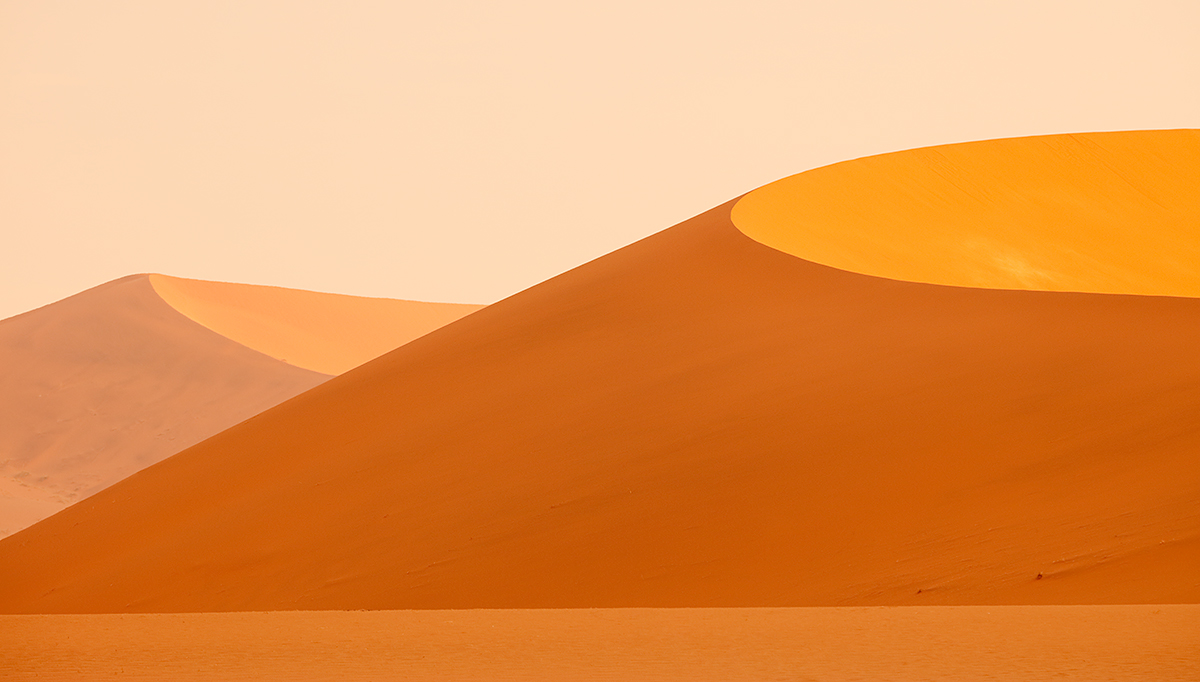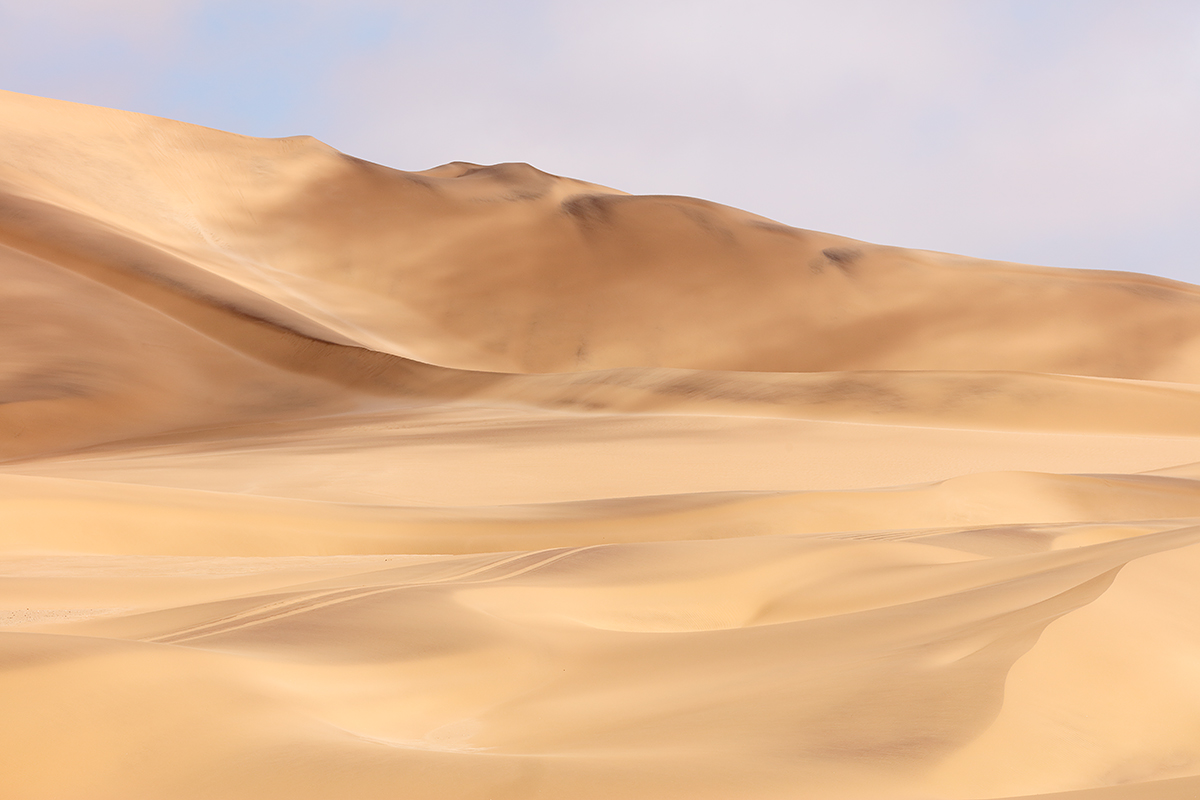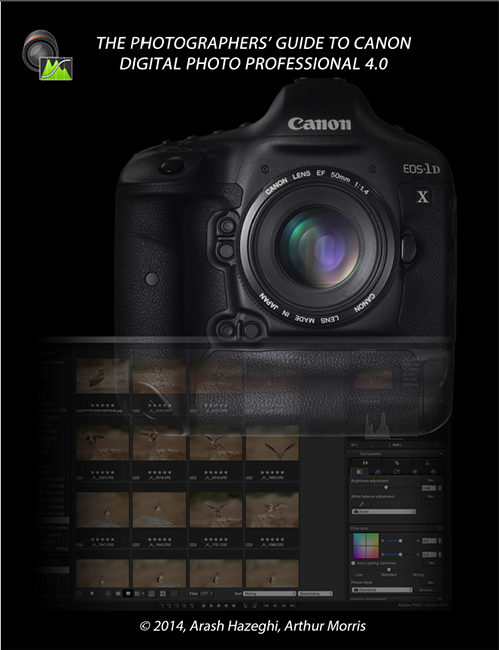What’s Up?
Friday was just another day at the office getting lots done. My 1D X Mark II comes today 🙂
The Streak
Today’s blog post marks 183 days in a row with a new educational blog post, dozens of new topics to cover, and no end in sight until my big South America trip next fall. As always-–and folks have been doing a really great job recently–-please remember to use our B&H links for your major gear purchases. For best results use one of our many product-specific links; after clicking on one of those you can continue shopping with all subsequent purchases invisibly tracked to BAA. Your doing so is always greatly appreciated. Please remember: web orders only. Please remember that if you are shopping for items that we carry in the BAA Online Store (as noted in red at the close of this post below) we would appreciate your business.
|
This image was created at Dead Vlei, inside Namib Naukluft National Park, on the 2016 Namibia IPT. I used the Induro GIT 304L/Mongoose M3.6-mounted Canon EF 70-200mm f/2.8L IS II USM lens, the Canon Extender EF 2X III, and the mega mega-pixel Canon EOS 5DS R. ISO 400. Evaluative metering +1 stop: 1/100 sec. at f/8. K8000. To ensure maximum sharpness I used my flower technique: Live View with 2-second timer. Center AF point/AI Servo Expand/Rear Focus AF on the apex of the curve on the right hand dune and re-compose. Click here to see the latest version of the Rear Focus Tutorial. Click on the image to see a larger version. Red Sossusvlei dunes at dawn |
Namibia Scenic Dune Opportunities
What can I say? The dunes in Namibia are breathtakingly beautiful. And that goes for the red dunes at Sossusvlei (above) and the white/mocha-colored dunes (below) near the coast at Swakopmund. Each is beautiful in its own way.
Your Favorites?
Which color dunes would you like to photograph? Which of the two images do you like best. Be sure to let us know the reasons for your choices.
Namibia IPT Gear and Gear Bag Errors
On our first walk into Dead Vlei I opted to take the 70-200 II and TCs. Next year I will opt for the 100-400/; I did not need the speed of the 70-200 as I was always working on a tripod and I would have loved the extra reach of the 100-400 II plus the 2X III TC.
My biggest gear bag mistake by far was bringing the Singh-Ray 77mm 10-stop ND instead of the 5-Stop 77mm ND. Several times I wanted to create some pleasing blurs. Having had so much fun in San Diego with the 10-stop ND photographing the big waves at La Jolla, CA, I forgot that I was going to a desert! No waves there. The biggest problem with using the 10-stop ND with birds and wildlife is that you cannot see well enough through the viewfinder to either check AF or compose the image…
To make matters worse I borrowed a 5-stop ND from a friend and promptly lost it…
Lastly, leaving the 24-105mm at home was a mistake that I shall not repeat…
|
This image was created at Swakopmund on the 2016 Namibia IPT with the hand held Canon EF 100-400mm f/4.5-5.6L IS II USM lens at 110mm and the mega mega-pixel Canon EOS 5DS R. ISO 400. Evaluative metering +1 2/3 stops as framed: 1/500 sec. at f11 in Manual mode. Daylight WB. Center AF point/AI Servo Expand/Rear Focus AF 1/3 of the way into the frame and re-compose. Click here to see the latest version of the Rear Focus Tutorial. Click on the image to see a larger version. Mocha dunes in midday sea fog |
Our Desert Experience
We enjoyed an amazing outing at the coastal dunes around Swakopmund. We got to photograph a variety of small critters including Desert Chameleon, Palmato Gecko, some scorpions and snakes, and two neat species of birds. (Lots of new images coming soon.) The day began clear and sunny making it too bright to photograph the gorgeous dunes but by mid-morning the usual sea fog rolled in so we were able to enjoy almost endless dune-scape opportunities. What a day that turned out to be!
A Levels Adjustment Saves the Day
This properly exposed image looked like blah after the RAW conversion in DPP 4. A simple Levels adjustment really brought it to life by revealing the various shades of tan, brown, gray, and yes, mocha.
Digital Basics
You can learn how to make perfect Levels Adjustments as I did for the Mocha Dunes image along with everything else that I do on a daily basis when optimizing my images. It is all covered in detail in my Digital Basics File–written in my easy-to-follow, easy-to-understand style. Are you tired of making your images look worse in Photoshop? Digital Basics File is an instructional PDF that is sent via e-mail. It includes my complete digital workflow, dozens of great Photoshop tips, details on using all of my image clean-up tools, the use of Contrast Masks, several different ways of expanding and filling in canvas, all of my time-saving Keyboard Shortcuts, Quick Masking, Layer Masking, and NIK Color Efex Pro basics, the use of Contrast Masks, Digital Eye Doctor techniques, Gaussian Blurs, Dodge and Burn, a variety of ways to make selections, how to create time-saving actions, the Surface Blur settings that I use at times to smooth background noise, and tons more.
|
You can order your copy of “The Photographers’ Guide to Canon Digital Photo Professional 4.0” (aka the DPP 4 Raw Conversion eGuide) by Arash Hazeghi and Arthur Morris by clicking here. |
The DPP 4 eGuide (PDF)
The RAW file for today’s image was of course converted in DPP 4. Learn how and why I and many other discerning photographers choose and use only DPP 4 to convert their Canon RAW files in the DPP 4 RAW Conversion Guide by Arash Hazeghi and yours truly. The latest version supports all of the newer Canon camera bodies and several older models including the EOS-7D and the EOS-1D Mark IV. The DPP IV Guide is the ideal companion to the 7D Mark II User’s Guide, a runaway best seller.
The DPP 4 eGuide (PDF) Updated for 1D Mark IV and the original 7D
The DPP 4 eGuide was recently updated to include the luminance and chrominance noise reduction values for both the 1D Mark IV and the original 7D. If you purchased your copy from BAA please e-mail Jim and request the DPP 4 1d IV/7D update. Please be sure to cut and paste page 1 into your e-mail as proof of purchase.
Please Remember to use our Affiliate Links 🙂
To show your appreciation for my continuing efforts here, we ask, as always, that you get in the habit of using my B&H affiliate links on the right side of the blog for all of your photo and electronics purchases. Please check the availability of all photographic accessories in the BIRDS AS ART Online Store, especially the Mongoose M3.6 tripod heads, Induro tripods and ballheads, Wimberley heads and plates, LensCoats and accessories, and the like. We sell only what I have used, have tested, and can depend on. We will not sell you junk. We know what you need to make creating great images easy and fun. And we are always glad to answer your gear questions via e-mail.
I would of course appreciate your using our B&H affiliate links for all of your major gear, video, and electronic purchases. For the photographic stuff mentioned in the paragraph above we, meaning BAA, would of course greatly appreciate your business. Here is a huge thank you to the many who have been using our links on a regular basis and visiting the BAA Online store as well.
I would of course appreciate your using our B&H affiliate links for all of your major gear, video, and electronic purchases. For the photographic stuff mentioned in the paragraph above we, meaning BAA, would of course greatly appreciate your business. Here is a huge thank you to the many who have been using our links on a regular basis and visiting the BAA Online store as well.
Be sure to like and follow BAA on Facebook by clicking on the logo link upper right. Tanks a stack!
Typos
In all blog posts and Bulletins, feel free to e-mail or to leave a comment regarding any typos or errors. Just be right 🙂

















Mocha dunes in midday fog is my favourite, beautiful to look at when enlarged.
I like the first image with the bold lines and colors. The second image is nice and has a different feel with the softer colors and gentle lines.
I prefer the mocha dunes. Hard to believe it’s a photo, because it nearly looks like a water color. There is lots of movement in this image.
Looking at the top center of the dune, then looking down towards the smaller dune, is that fog that is rolling in over the dune or is it light? It look really interesting!
Nice!
Thanks girl-Kerry. I love them both.
The effects of the sea fog were amazing; the darker brown areas were shadows caused by thicker bands of the fog. I kept a zillion from the sea fog shoot… a
ps: Have fun with Patrick and the Brandt’s babies today!
Thanks Artie.
wow, so it IS sea fog. Amazing to see it at all, at 1/500th!
what if you burned it in just a bit to make it a tiny bit more noticeable?
The fog was not visible. It just softened the light and cast shadows that moved constantly. a
ps: note lots of d-o-f due to the relatively short focal length of 110mm.
I like the second. Subtle shades make it more appealing to me. Also, the complexity of the terrain makes for more pleasing textures, at leas for me. I’ll be curious how you feel about the 1DXII. I don’t think I would be able to sleep tonight.
Sleep well. I won’t be using it until the IPT which starts Tuesday afternoon and runs through FRI.
later and love, artie
Hi! I think the first image is an “in your face” – WAH!! The second is a more subtle WOW!! Second for me – the more I look the more I see. Both are incredibly beautiful on a 5k iMac.
I prefer the first one although it almost looks like a geometric shape rather than desert sand dunes. It’s much flatter looking than the second dune image. The two small trees/bushes in the lower right give it a little dimension. You have to really look at this image to realize that it is one dune behind another and not just shapes laid out. As a print it might have more texture then it does as a computer image. I still feel it is a strong image.
Thanks Ron. I agree with you. I love em both 🙂
a
Love the first one the most—color, geometry, lines, composition with repetition (one dune behind the other), sharpness throughout.
Art, lovely images. Brings back memories.
Artie, do you regularly use the 2x with the 100-400, or the 1.4x?
Mike
I have used the 2X III TC with the 100-400 II only rarely as you MUST be on a tripod and you must focus manually. I did a blog post on that technique with a great Land Iguana image. I use it with the 1.4X III a lot, often hand held. artie
Beautiful images and I prefer the second one because of the different shades of brown. I also think there is more depth to the image.
Great photographs as always. You might consider using LAB colours – Dan Margulis’ book on the subject is also known as the canyon book as it shows how to pull the colours out of normally blah subjects.
Thanks for your blog – I appreciate the advice and information on such a regular basis.
Bernie